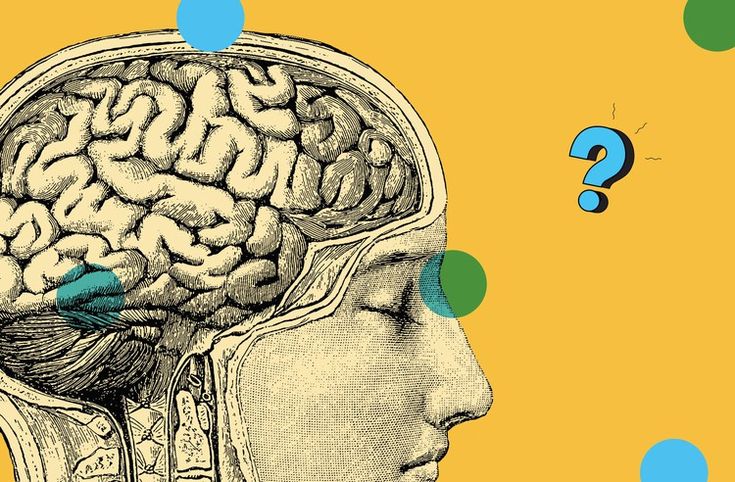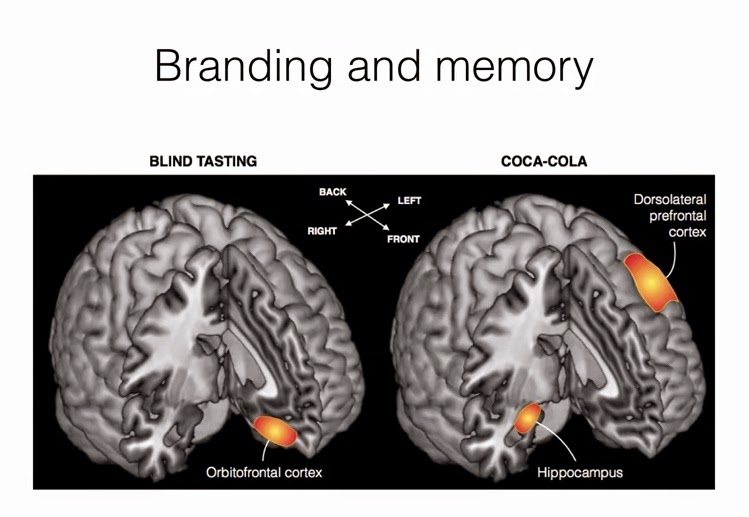
Brain and Branding – What is Neuromarketing?
Once you learn that the decisions you make are not your decisions but the brain’s response to stimuli, it humbles you. The truth is that we are enslaved by our minds, and we let it happen. But then comes Neuromarketing, and we are completely taken by how the brain not only processes information but is also biased towards it. Understanding this, we raise the question: What is neuromarketing? How do marketers use tools to trigger decision-making? And why are we falling for it?
What is Neuromarketing?
The basic definition of neuromarketing is using neuroscience and psychology to guide consumer decision-making. This is understood by keen observation of the sensory, affect psychology and cognitive neuroscience, thereby using ways to track and impact the neurons into altering consumer behaviour.
The neuromarketing expert and author of Brainfluence — Robot Doodley’s definition says, “Neuromarketing is the application of neuroscience and cognitive science to marketing. This can include market research that tries to discover customer needs, motivations, and preferences that traditional methods like surveys and focus groups can’t reveal”
But what is neuromarketing in simple terms? Let’s understand this with an example. Cheetos cheese puffs are my favourite as if to an entire generation. This is at a time when people want clean eating and delicious flavours. But Cheetos realised there was a better way – people still wanted to feel like a child at heart, and they loved the sticky fingers. When studied through neuromarketing tools, it was understood that people gain a subversal pleasure when they get to rebel the prim and proper adulting behaviors and, for a second, become children.
How did it come to be?
Neuromarketing has been in the works since only the early 2000s. In the last 25 years, we have seen an upward study of the science which has brought to us some beloved brands like Paperboat, Coca Cola, Zomato and Nykaa – to name a few. But loving them was not a coincidence, it’s a subconscious choice.
The year was 2002 – in the Rotterdam School of Management, Erasmus University was a dutch researcher Ale Smidts whose then one objective was to understand consumer behaviour on a deeper level. His understanding of traditional marketing had failed, so he turned to the brain.
During his study, Smidts came up with a research paper that dives deeper into consumer behavior through the subconscious mind. The paper was introduced as, “Kijken in het brein”, which loosely meant ‘Looking at the brain’ but literally translated to ‘Looking into Neuromarketing.’
Around the same time, places in the United States had already begun applying psychological elements to study what is neuromarketing. The Brighthouse Institute for Thought Sciences in Atlanta, Berkeley, California and EmSense, California, used machines to understand consumer behaviour on a deeper, more subconcious level – that gave us today’s neuromarketing tools.
Tools of Neuromarketing
FMRI (functional magnetic resonance imaging) is a tool to determine which area of the brain is more active through emotional stimuli. Through this, marketers realised the logic behind messy Cheeto fingers. But FMRI machines cost a fortune, and while it determines brain activity with emotions pretty accurately, the result isn’t in real time. The issue with that is that it makes it difficult for observers to understand the exact stimuli.
EEG (electroencephalography)
The shortcoming of FMRI machines is fulfilled with EEG machines. This is a sensory band that is put over the head of the participant to observe brain activity. It uses electromagnetic radiation for brain-wave monitoring that gives us results in real time.
Eye-movement tracking
A major part of knowing what is neuromarketing is understanding what exactly the audience is looking at when their brain areas light up. This can only be determined through precise eye tracking movements. According to studies, eye movements are very effective in understanding consumer behavior. Observers stress on gaze patterns, fixations and scanpaths to determine what works best. This is how we have the famous Eye in the Asiles experiment.
Biometric sensors like GSR and Face Coding
When we are studying what is neuromarketing, it is important to not only look inside the brain but also take things at face value (pun intended). Galvanic Skin Response is used to understand the physiological effects of an advertisement. This is determined from skin flinches and even sweat. According to this BBC study, our emotional responses like fear, happiness, and sadness release sweat that is not perceivable to the naked eye. Biometric sensors like these help understand what triggered a certain emotion.
The Super Bowl Experiment
We recently saw an uproar at the Super Bowl 2025. However, the cultural masterpiece is the result of years of understanding consumer behavior. Even if we’d like to believe otherwise, the Super Bowl is mostly about ads. And this isn’t a personal opinion; in 2025, each ad slot sold at a whopping 8 million dollars. According to Forbes, this year, the Super Bowl generated a revenue of over a billion dollars.
It is needless to say that advertisers were not shooting in the dark, especially when spending so much. No, the ads have to hit the right note, have to have brand recollection and be memorable. Thus began a series of experiments with different versions of an ad where participants wore EEG caps and compared the impact — and it led to the understanding of three aspects of consumer behaviour:
- Tracking eye movements to understand what gauges the interest first
- What is keeping the audience engaged
- And what element causes them to lose interest
Evolving on this, Super Bowl ads have increasingly become popular. Brands like Tide, BMW and more came up with their best work based on the following psychology:

– Brands had to be mentioned and repeated very clearly
– Humour adds recollection value to the brand, provided they take the centre stage
– One can use music to alter emotional state
A study found that the audience was more perceptive towards Super Bowl ads in traditional or direct media and social media posts by 60% and 40%, respectively.
Rumour has it that neuromarketing is also an effective tool to understand and align political agendas. But that’s a story for another day.
Everybody loves Coke
While I am more of a Thumps Up person, I still address it as Coke. That is how ingrained this brand is. Did you know coke, Pepsi and Thumps Up bottles are manufactured in India under the same roof of Varun beverages, yet it seems to have divided the world. An experiment told us how much people love Coke, and this was through brain metrics.
In 2004, Baylor College of Medicine had participants under FMRI machines and given 2 unnamed and unbranded bottles, and they had to say which they liked better.
In the first phase, Pepsi won in taste; the ventromedial prefrontal cortex – responsible for reward – showed great activity. However, when branding was up, Coke had no competition. Before we elaborate on that, let’s touch upon Coke’s branding:
– Taste the feeling
– Open Happiness
– Share a Coke with _____
– The red and white color that reminds us of Santa Claus
As we understand this, Coke has created a major effect in the emotional minds of its audience by seeping deep into their lives and associating every positive response with Coke. Under the scope, when branding on the bottles were back on, the parts of the brain that lit up were the hippocampus – the area associated with memories and the dorsolateral prefrontal cortex – the area associated with self-identity and cultural associations. This told us that people had a bias towards Coke, not because it has great taste, but because it’s better to be associated with Coke than Pepsi.

Personal experience: My roommate happened to enter my room in gleeful whimsy, saying that she found something cute and placed 3 water bottles in front of me that looked exactly like a Coke bottle. They even nailed the wiggly ridges on the cap. I have added a picture of the bottle at the end of this blog. However, this brings us to a question.
Is Neuromarketing manipulative?
There have been various studies which debate this topic. Some say yes, it is manipulative as it can analyse consumer behavior and improve marketing techniques accordingly. However, one study says that when neuromarketing was used in a Mexican political campaign in 2015 and then revealed to people, it received a huge backlash where the party inevitably lost votes.
Perhaps the bottom line would be that people like being manipulated as long as they don’t know about it. But on a more serious note, people’s likes and dislikes are ultimately their choice, and one can only understand and analyse that choice through neuromarketing. Later, one can only investigate and appraise.
Conclusion
What is neuromarketing if not a strategy disguised in a thick veil of research? While the argument continues on whether or not it is manipulative, neuromarketing in itself is simply the study and analysis of consumer behavior. Yes, it uses this analysis to target ads, provide better packaging and use clever marketing techniques – at the end of the day, if the product isn’t worth it, people will not buy it.
And as per the promise, here is a picture of a “Coke bottle” my roommate got.

